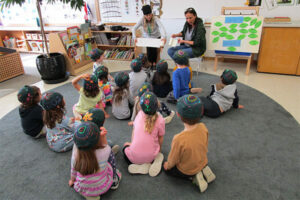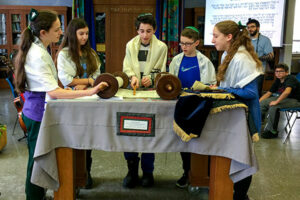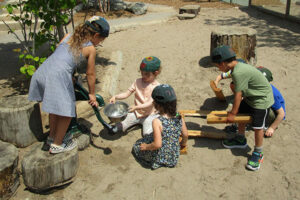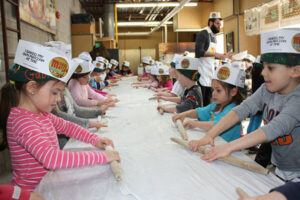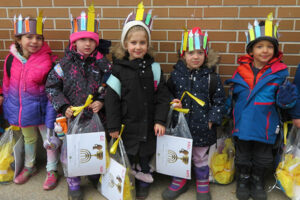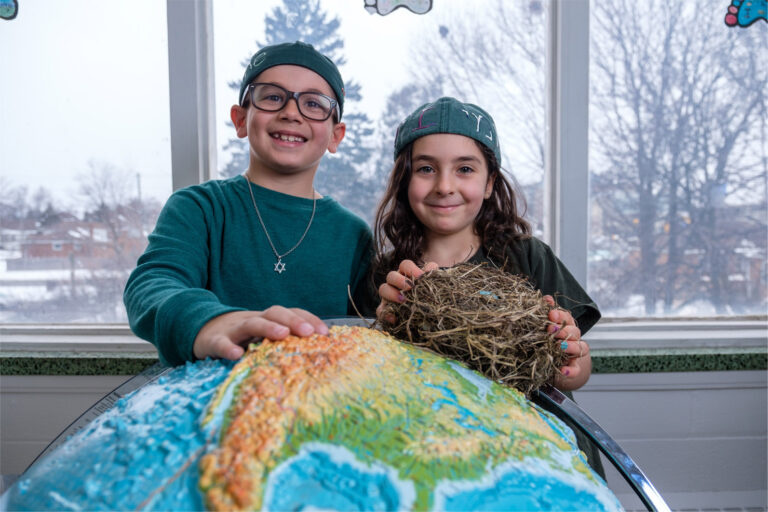This week, we celebrated Chag Sukkot, also known as Zeman Simchateinu—the time of our rejoicing. We observed the middah “celebrate together with others,” doing so as we learned inside of the sukkah, waved the lulav, and enjoyed the first rains of fall.
On Monday, we will celebrate the seventh day of Sukkot, also known as Hoshanah Rabbah. Hoshanah Rabbah literally means “Great Saving.” It is celebrated through a special prayer service in which we walk in “hakafot”—circles around the Bimah holding the lulav and etrog. As we walk, we call out “Hoshanot”—recollections of how we have been helped and saved over the generations.
Hoshanah Rabbah is also the day that the Gates of Teshuva are officially closed. According to the Zohar, judgment for the new year is sealed on Yom Kippur, but it is delivered on Hoshanah Rabbah. So even though we usually think that Yom Kippur is the last day to seek forgiveness, we actually have until Hoshanah Rabbah.
To make our “Hoshanot” especially meaningful, we connect them to our learning from the first weeks of school. For instance, in learning about water, our Grade 2 class thinks about how God protected Moshe when Yocheved placed him in the Nile river. In learning about sound, our Grade 4 students consider how Avraham saved Yitzchak when he perceived the sound of God’s voice as instructions. Moreover, our Grade 5 students notice how the Torah uses metaphors—such as God’s “outstretched arm”—to describe the ways we have been helped and saved.
On Monday, each class will make a circle around the Bimah chanting “Hoshanah,” while other students beat aravot (willow branches) on the ground. The dried leaves that fall from the branches symbolize leaving behind the last remnants of the previous year, as we enter freshly into a new one. On Thursday night, the new Torah reading cycle is officially ushered in with a celebration of Simchat Torah.
On Shabbat, we begin reading the first parshah of the Torah: Bereishit—“In the beginning.” And so we begin, again…
Moreh Greg

